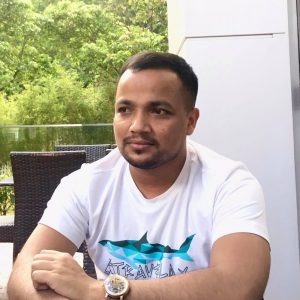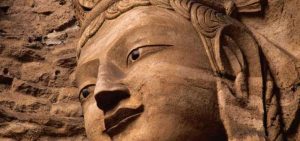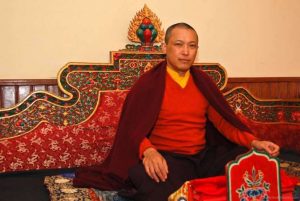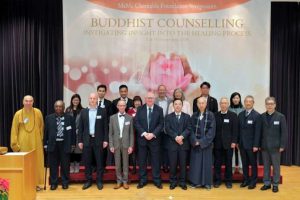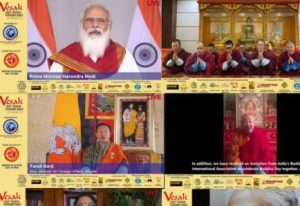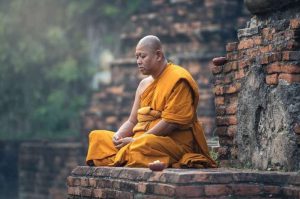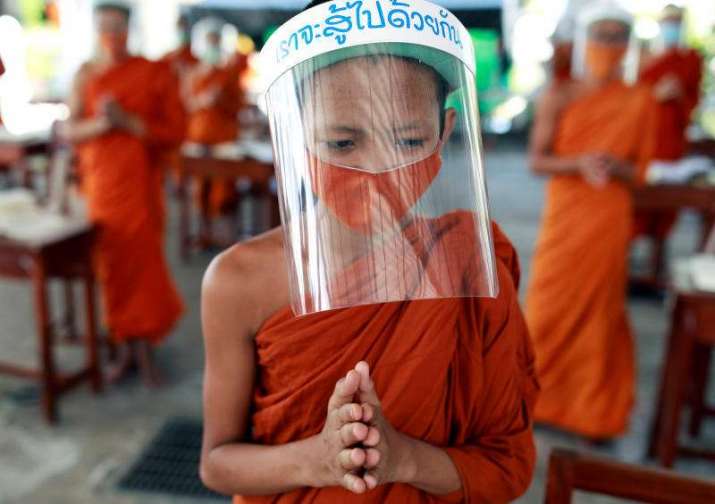
Although schools in Thailand have been closed while the kingdom works to contain the COVID-19 outbreak, novice monks continue to attend their monastic school for Pali classes at Molilokkayaram Educational Institute (MEI), based at Wat Molilokkayaram, a royal Buddhist monastery in Bangkok.
Reuters news agency reported on 22 April that some 60 novice monks were attending Pali classes, while wearing protective masks and face shields and maintaining social-distancing practices. Speaking about the class, the abbot of Wat Molilokkayaram, Venerable Phra Theppariyattimolee, explained that there was no reason to stop the students’ studies of the ancient scriptural language due to the virus. He noted that the school had set up desks for novices no less than two meters apart to prevent any spread of the virus.
“We check the temperatures of all monks and novices every morning,” said Ven. Theppariyattimolee. “Monks and novices are required to wear face masks when they have activities outside their living quarters. . . . This is to protect all involved.” (Reuters)
“[I] really cannot see why this unnecessary group gathering could not have been postponed until this virus problem is over,” commented “Bilko,” a reader of the Bangkok Post newspaper. “This whole scenario flies in the face of sensibility and does tend to show just how unacceptable potentially dangerous practices are forced through under the name of religion.” (Bangkok Post)
Ven. Theppariyattimolee observed that although religious classes were ongoing, the monastery remained closed to the traditional daily practice of monks receiving alms of food from the public. Instead, food is cooked and distributed inside the temple.
At the time of writing on 28 April, the Thai government had reported a total of 2,938 confirmed cases and 54 deaths from COVID-19, with 2,652 recovered. Globally, the disease has infected more than 3 million people and killed more than 211,170 since first being reported in China.*
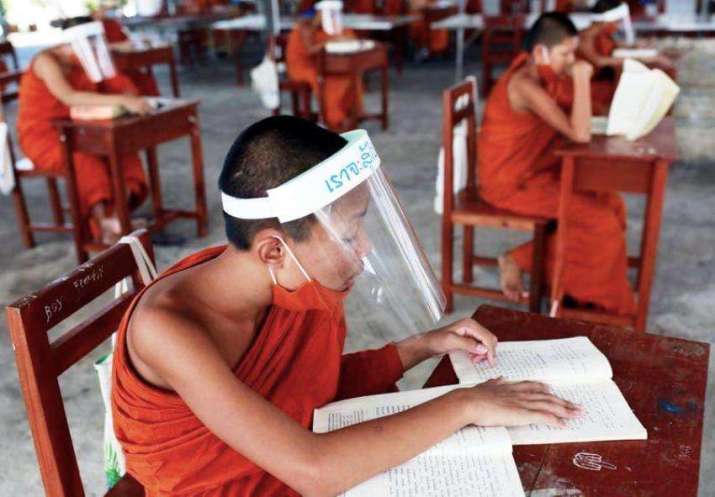
During early Rattanakosin kingdom (1782–1932), Wat Molilokkayaram served as an elementary school for the many princes of King Rama II (r. 1809–24). It also provided Pali language courses with oral examinations. Wat Molilokkayaram was fully converted into a monastic educational institute in 1991, with the aim of producing highly skilled Buddhist monastics with an in-depth knowledge of both the Pali language and Buddhist religious scriptures.
At present, although the MEI recommends that 100–200 monastic candidates enter the annual central Pali examination, it holds records for achieving the highest number of students passing the examination in the Bangkok Metropolitan Region in 2007, 2009, 2010, 2011, and 2012. Many students also received scholarships for their outstanding results.
With 20 teachers, the institute offers Pali courses for students from other monasteries within and outside Bangkok. The Pali course has eight levels leading up to the ninth level on Buddhist theology. The Dhamma section has three levels for Dhamma scholars of the third, second and advanced levels.
More than 90 per cent of Thailand’s population identify as Buddhist and most monasteries were centers of learning for centuries before the introduction of state-run schools. Temple-based schools such as MEI continue to provide specialized religious instruction to monks and particularly novices who have yet to participate in service to religion and society.
See more
Monks in masks: Thai Buddhist novices study with social distancing (Reuters)
Monks in masks: Novices study with social distancing (Bangkok Post)
Wat Molilokkayaram Rajaworawihan


